Introduction
Neuroblastoma is a rare but serious childhood cancer that originates in immature nerve cells called neuroblasts. It primarily affects infants and young children, with the majority of cases diagnosed before the age of five. This aggressive tumor often develops in the adrenal glands, located above the kidneys, but it can also occur in nerve tissue along the spine, chest, abdomen, or pelvis.
Understanding neuroblastoma is crucial for early detection and effective treatment. This article provides an in-depth look at its causes, symptoms, diagnosis, treatment options, and the latest advancements in care.
A Historical Overview of Neuroblastoma
Neuroblastoma was first identified in the 19th century by German pathologist Rudolf Virchow, who described the tumor’s origin from embryonic nerve tissue. In 1910, Dr. James Homer Wright further classified neuroblastoma and introduced the term based on its neurogenic properties.
Over the years, advancements in medical imaging, molecular genetics, and targeted therapies have significantly improved diagnosis and treatment. Today, neuroblastoma remains a key focus of pediatric oncology research, with ongoing studies exploring innovative therapies and precision medicine approaches.
Global Neuroblastoma Statistics
- Neuroblastoma accounts for 6-10% of all childhood cancers and is responsible for 15% of childhood cancer-related deaths.
- Approximately 1 in 7,000 live births results in neuroblastoma.
- Nearly 90% of cases occur in children under five years old.
- The disease is more common in boys than girls.
- In high-income countries, survival rates exceed 75%, but outcomes remain poor in low-resource settings due to delayed diagnosis and limited access to treatment.
What Causes Neuroblastoma?
The exact cause of neuroblastoma remains unknown, but researchers believe it results from genetic mutations during fetal development. Some key factors include:
Genetic Factors
- Mutations in the ALK (anaplastic lymphoma kinase) gene have been linked to familial cases of neuroblastoma.
- MYCN amplification, found in about 20% of cases, indicates a more aggressive tumor and poorer prognosis.
Environmental and Biological Factors
- Prenatal exposure to harmful substances, such as tobacco smoke or certain chemicals, may increase the risk.
- Parental age and birth complications have been explored as potential contributors, though no definitive link has been established.
Signs and Symptoms of Neuroblastoma
Neuroblastoma symptoms vary based on the tumor’s location and extent of spread. Common signs include:
General Symptoms
- Fatigue and irritability
- Loss of appetite and weight loss
- Fever without an apparent cause
Localized Symptoms Based on Tumor Location
- Abdominal mass – Swelling or pain in the belly
- Chest tumor – Breathing difficulties, chest pain, or persistent cough
- Spinal involvement – Weakness, numbness, or difficulty walking
- Facial symptoms – Drooping eyelid (Horner’s syndrome) or eye movement abnormalities
Symptoms of Advanced Neuroblastoma
- Bone pain due to metastasis
- Bluish skin lumps from cancer spread
- High blood pressure from adrenal gland tumors
Early detection is critical for successful treatment, so parents should seek medical attention if any of these symptoms persist.
How is Neuroblastoma Diagnosed?
1. Physical Examination and Medical History
A doctor will assess symptoms and conduct a physical exam to check for lumps, swelling, or neurological deficits.
2. Imaging Tests
- Ultrasound, MRI, and CT scans help visualize tumor size and location.
- MIBG (metaiodobenzylguanidine) scan, a specialized nuclear imaging test, detects neuroblastoma spread.
3. Laboratory and Genetic Testing
- Urine tests detect elevated catecholamines, chemicals often produced by neuroblastoma cells.
- Biopsy and histological analysis confirm the presence of cancerous neuroblasts.
- Genetic testing identifies high-risk features, such as MYCN amplification.
Treatment Options for Neuroblastoma
The treatment approach depends on the risk classification: low, intermediate, or high risk.
1. Surgery
For localized tumors, surgical removal is the primary treatment. In low-risk cases, surgery alone may be curative.
2. Chemotherapy
- Used before surgery (to shrink the tumor) or after surgery (to kill remaining cancer cells).
- High-risk neuroblastoma patients receive intensive chemotherapy regimens.
3. Radiation Therapy
- Used for tumors that cannot be completely removed by surgery.
- Also employed to treat residual or metastatic disease.
4. Immunotherapy
- Monoclonal antibodies like dinutuximab target GD2, a protein found on neuroblastoma cells.
- This therapy boosts the immune system’s ability to destroy cancer cells.
5. Stem Cell Transplantation
- High-risk patients may undergo autologous stem cell transplantation after high-dose chemotherapy to improve survival chances.
6. Targeted Therapy
- ALK inhibitors (e.g., crizotinib) are used in cases with ALK gene mutations.
- Retinoids (e.g., isotretinoin) help prevent relapse.
Prognosis and Survival Rates
Neuroblastoma survival rates depend on several factors:
- Low-risk neuroblastoma: 90%+ survival rate
- Intermediate-risk neuroblastoma: 70-90% survival rate
- High-risk neuroblastoma: 40-50% survival rate
Early-stage cases have excellent outcomes, while advanced disease requires aggressive treatment. Research is ongoing to improve therapies and boost survival rates.
Can Neuroblastoma Be Prevented?
There are no proven ways to prevent neuroblastoma, as it develops from genetic mutations before birth. However, expectant mothers can take general health precautions:
- Avoid tobacco, alcohol, and harmful chemicals during pregnancy.
- Ensure proper prenatal care and a balanced diet.
- Participate in genetic counseling if there is a family history of neuroblastoma.
Early detection through regular pediatric check-ups remains the best approach for managing the disease effectively.
Final Thoughts
Neuroblastoma is a challenging childhood cancer that requires a multidisciplinary treatment approach. Advances in genetics, immunotherapy, and precision medicine are improving outcomes, offering hope to affected families.
If your child has been diagnosed with neuroblastoma, seeking specialized treatment at an advanced oncology center can make a significant difference.


